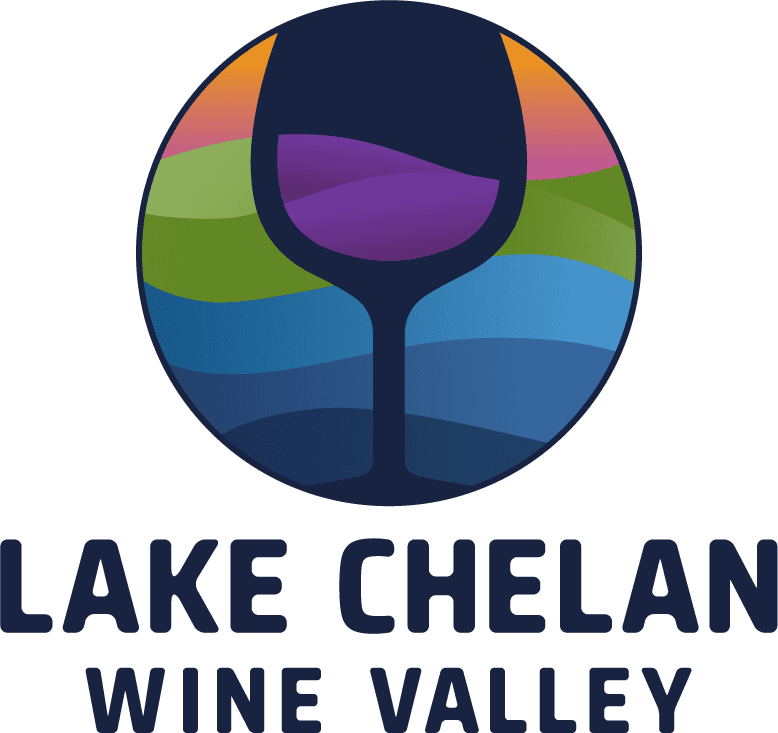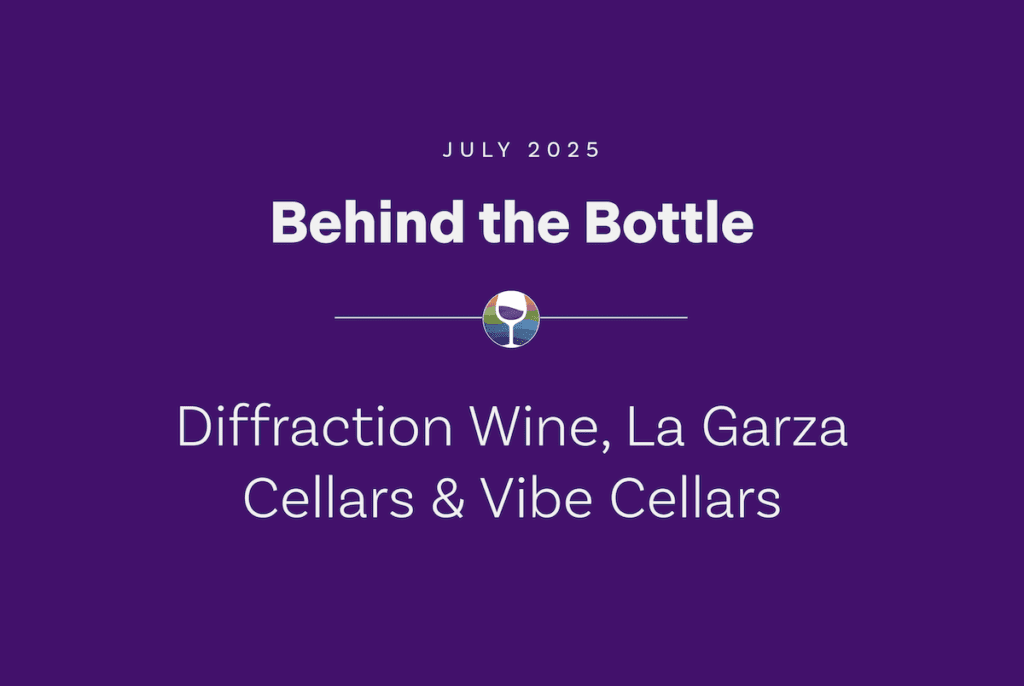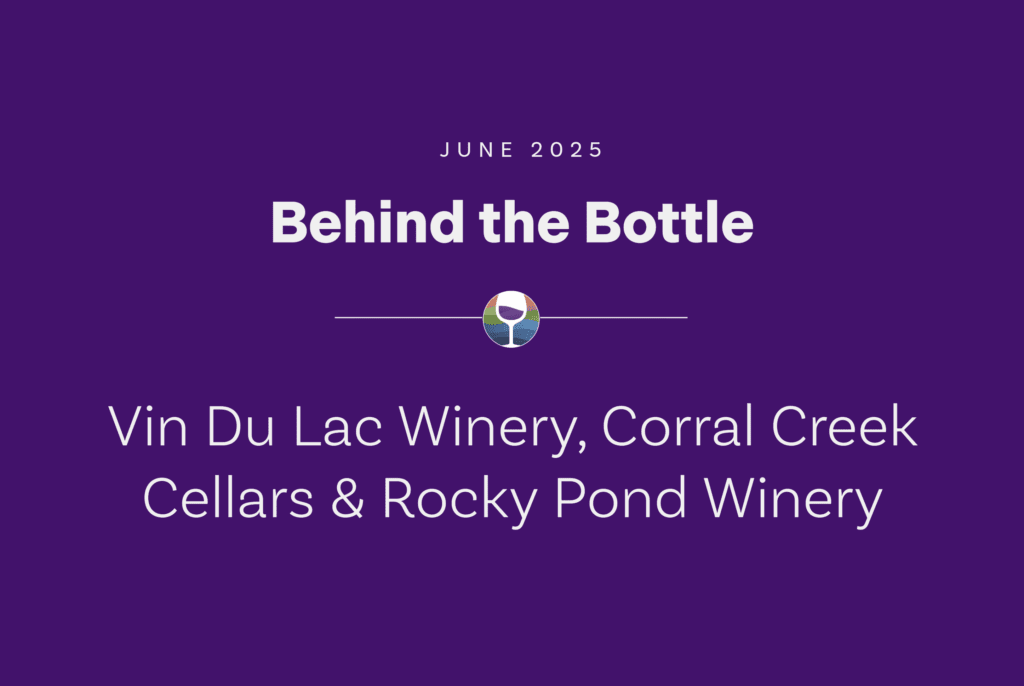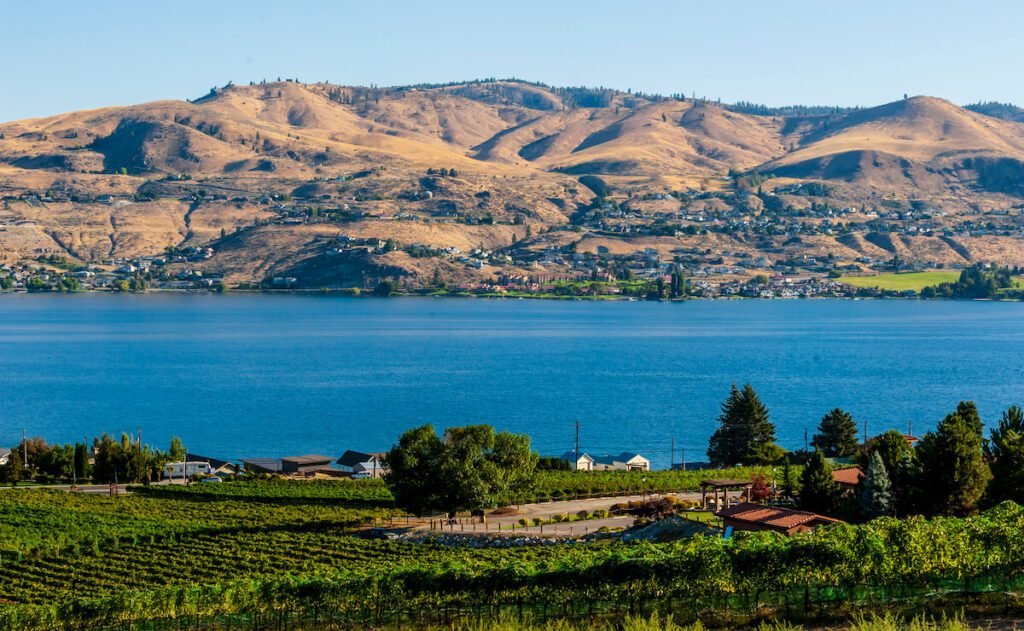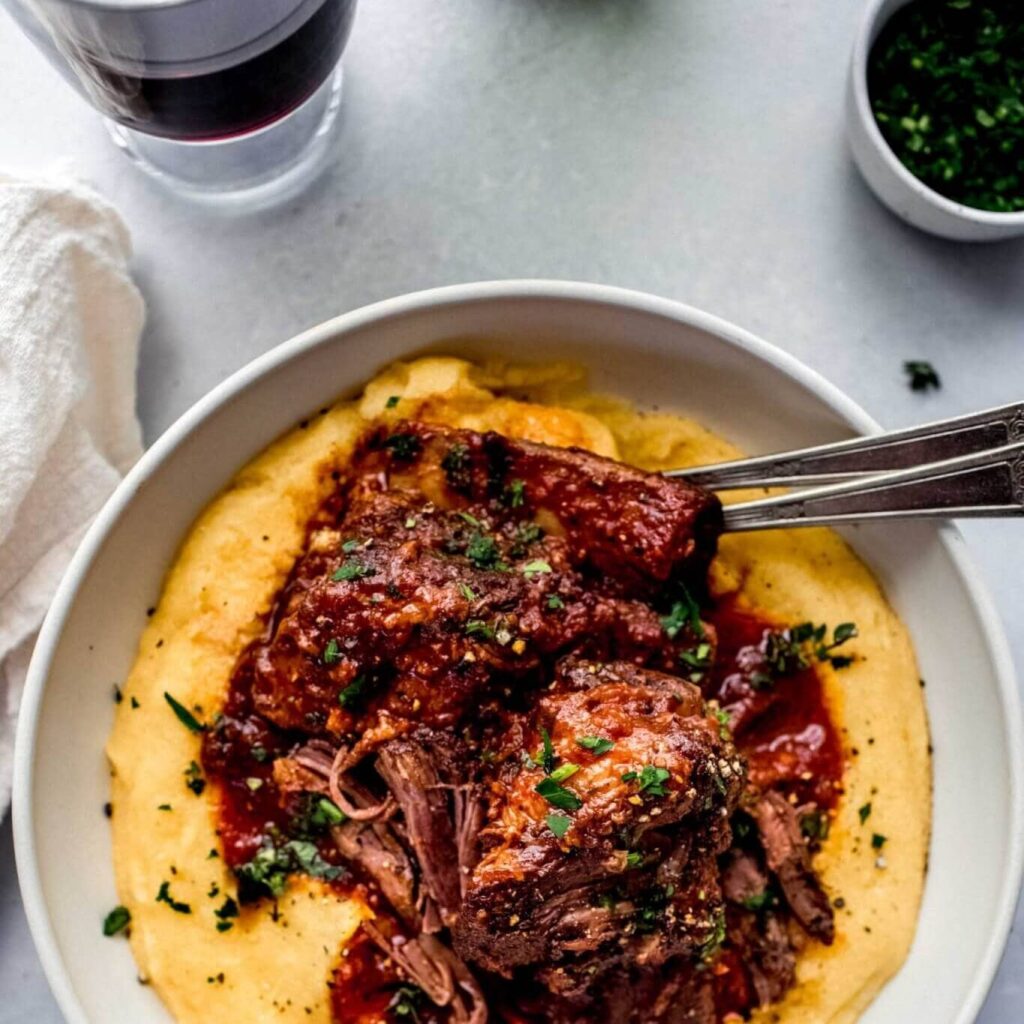Veraison: What Happens to Wine Grapes During This Stage?
Veraison is when wine grapes begin to change color and flavor as they slowly mature and become ready for harvest. As the days grow shorter and the temperature begins to drop, winemakers all over the world prepare for this crucial stage.
The word’s etymology points to the French word Véraison (veh-ray-zohN), which refers to the grapes ripening and color change. Today, the term is used widely in viticulture and winemaking conversations.
How Do Grapevines Change During Veraison?
The onset of veraison marks the time when grapes begin to change color and soften.
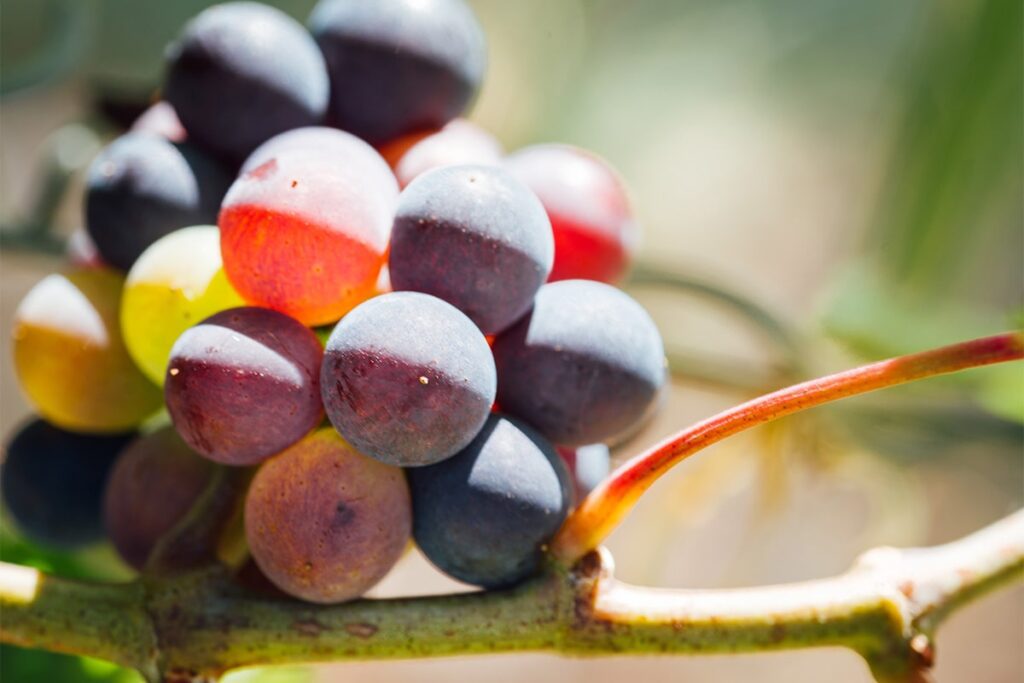
Color
During veraison, grape colors change as the green chlorophyll breaks down and is replaced by other pigments. This process can produce a range of colors, from deep purple to golden yellow, depending on grape varieties.
For example, a Pinot Noir grape starts with a greenish color after bud break but transitions into a deep purple.
White grapes, like Chardonnay, also change color but typically change from greenish to transparent.
Flavor
Throughout the veraison stage, berries swell as sugars in the grapes increase, and the acids decrease, giving the grapes a sweeter flavor. Weather conditions can affect this process, so growers must carefully monitor their vines during veraison.
Aroma
Grapes also develop new aromas during veraison. These aromas are caused by the development of aromatic compounds responsible for the characteristic, sweeter smell of ripe fruits.
Uneven ripening during veraison, known as millerandage, can produce mixed results in wine. For example, if winemakers produce wines with green and red grapes, the smell may be sweet, but the resulting taste can be unbalanced or “green.”
How Does Climate Affect Veraison?
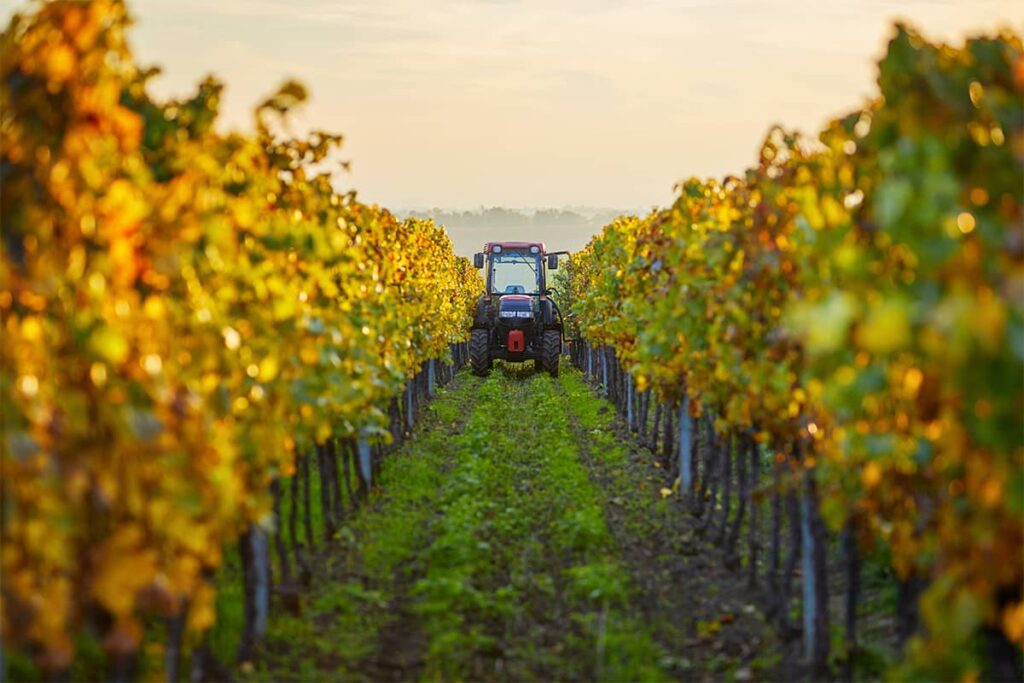
In cooler climates, veraison may occur later in the season and last for a shorter period of time. As a result, the grapes may not have enough time to develop full flavor before being harvested. Plus, grapes tend to have higher acidity levels and lower sugar levels.
In warmer climates, veraison can begin earlier in the season and last for a longer period of time. This allows the grapes to develop more complex flavors before being harvested.
How Long After Veraison is Harvest?
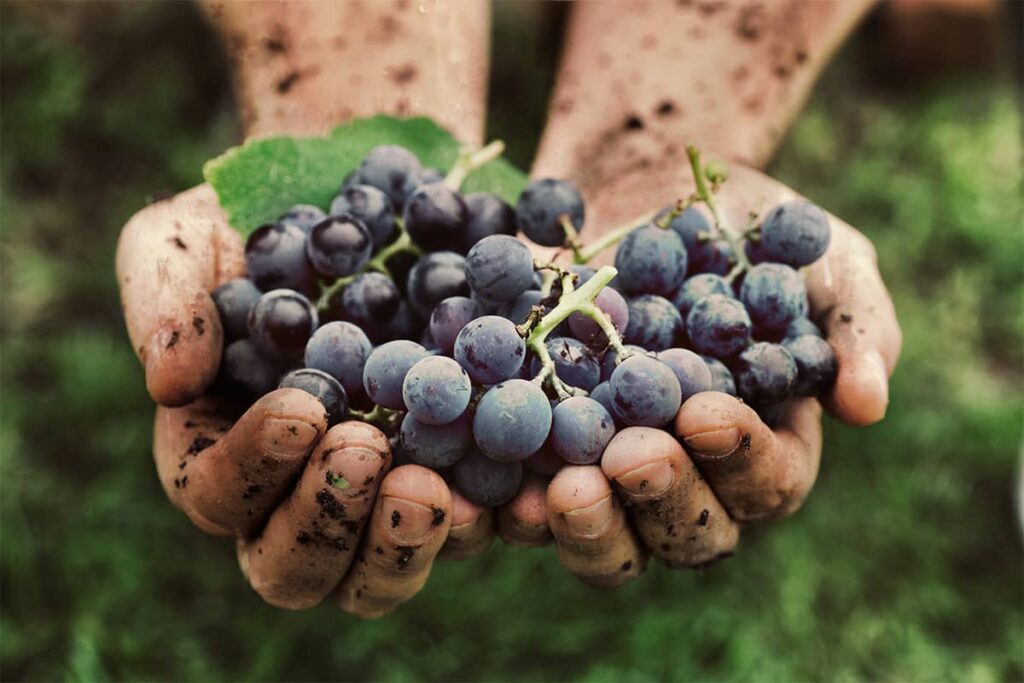
Wine grapes are typically harvested around two months after veraison. However, the exact timing of harvest after veraison can vary, as winemakers must factor in weather, sunlight, grape variety, and other growing conditions.
Mastering the art of knowing when to pick grapes and begin wine production is the key to crafting top-shelf wines. Winemakers must carefully monitor their vines during veraison to ensure that the grapes are harvested at the optimal time.
Harvest Season in the Lake Chelan Wine Valley

Winemakers and wine enthusiasts alike are filled with excitement during Harvest. Be the first to experience barrel tastings, wine and food pairings, vineyard tours, and so much more by signing up for Lake Chelan Wine Valley’s Wine Harvest updates. Wine harvest is arguably the most beautiful time of year in Washington’s paradise, and we can’t wait to host you and yours here in Lake Chelan.


